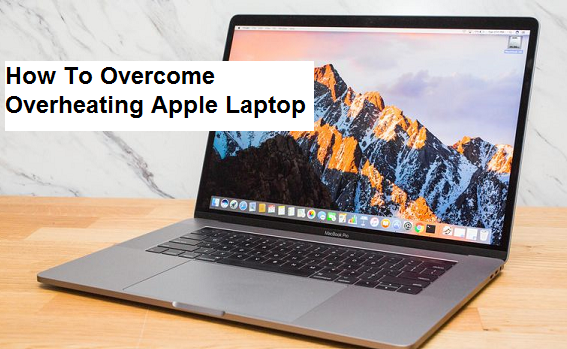If on a daily basis you depend on a laptop, you would over the years, have constantly faced potentially problematic overheating issues that may have interfered with the performance of your work or leisure activities. These issues may have slightly soured laptop experience. These problems that finally resulted in your having to deal with them and constantly listen to the screaming cooling fans on your laptop. Here are some tips for overheating apple laptop.
These problems arose from manufacturers attempts to provide an economically feasible, working solution to consumers demanding ever more powerful, smaller, lighter portable laptops. The demands saw consumers wanting longer, and longer battery lives that need to extend into days and weeks if possible to accompany them on their international travels without the need for a recharge.
Manufacturers were, until recent advances in available hardware such as the fast 9th gen Intel chipsets, able to cope with high output loads while running at much lower temperatures. They were fairly unsuccessful in their attempts to overcome the massive challenges imposed by such taxing demands.
The at the time unrealistic demands and goals hardware developers attempted to meet and overcome its resultant challenges by continually shrinking parts such as motherboards, microprocessors, RAM, hard drives and cooling fans. They did this while simultaneously reducing the spaces between them that traditionally served as supplementary heat sinks to further reduce product size and weight. That also allowed the installation of ever more powerful battery packs to cater for the additional power consumption of ever more powerful and faster microprocessor chipsets, RAM, and HDDs.
These power hungry demands placed on reduced footprint laptops by owners using their devices to meet the substantially demands placed on its internals by advances in software technologies. This provided users with huge improvements in both localized software as well as their usual preferred internet-based entertainment sources such as the premier grade online sportsbooks and casinos such as William Hill. You will find an abundance of related technical advice and reviews from prime online affiliates such as Efirbet.
The ever-faster chipsets and their required support systems, squeezed into ever tighter spaces, with every generation produced greater dollops of processor and HDD unfriendly heat. That, in turn, demanded the installation of faster yet smaller fans that produced an even greater racket in their failing attempt at efficiently moving increased volumes of fresh air to cool essential areas and removing hot air from overheating components.
If your MacBook regularly overheats you also run an increased risk of it failing you with little or no notice at the most crucial time! To reduce the likelihood of such a disaster occurring to your Apple, you may want to consider adhering to the following tips.
How To Overcome Overheating Apple Laptop
1. Never place your Mac on soft surfaces such as beds or pillows while switched on. The plush fabrics obstruct airflow vents, especially the main vents in the rear of your device, causing the internals to overheat.
2. At all times refrain from covering your keyboard with anything while its operational in closed-lid mode. This might cause your Mac to repeatedly cycle through full-power reboots, which produces considerable heat and in addition drain its battery prematurely.
3. Also, at the end of your day shut your Mac down completely. This will allow it some cooling-down time and save power during the night while it’s not put to good use.
4. Ensure whenever possible you shut your Mac down fully before stowing it in a bag.
5. Perform checks and follow a regular cleaning program to clear all air vents from debris which may impede their efficiency. Purchase one of the small aerosol cans purposed specifically to aid you in performing your task of removing dusty residue from vents, cooling channels, pipes, heatsinks, and fans.





